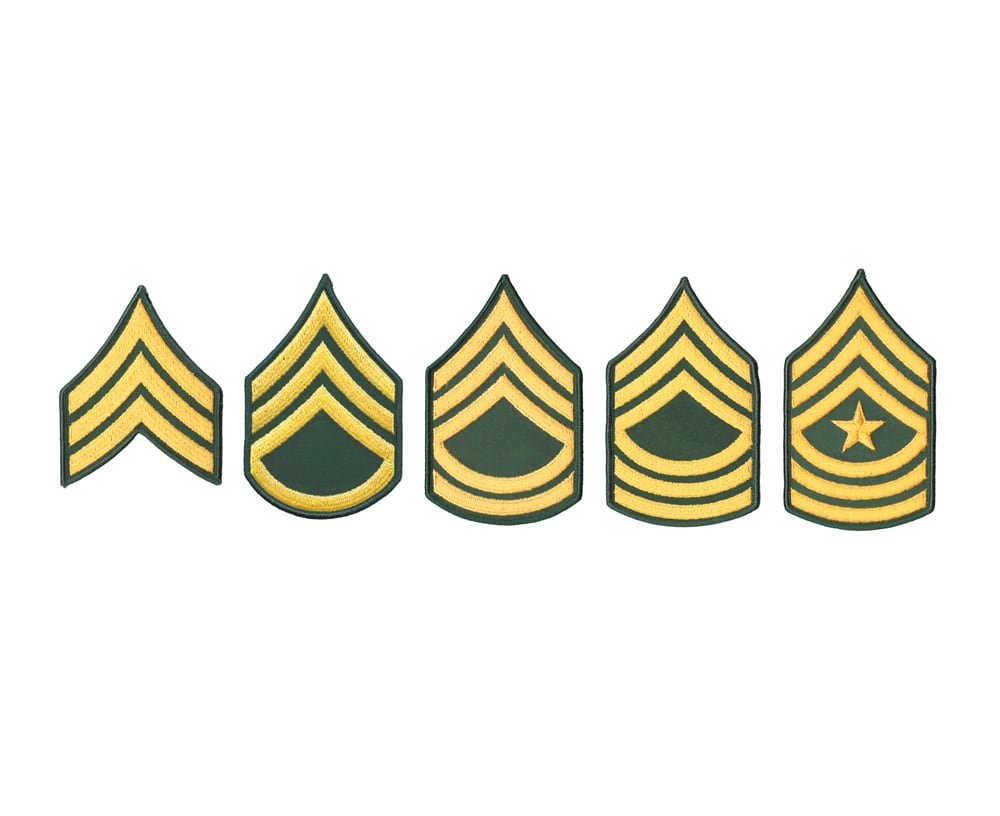The Army will launch its new NCO Evaluation Report on Jan. 1, three months later than originally planned.
The new NCOER, which is sharply different from enlisted rating systems of the past, was supposed to make its debut in October after a massive service-wide train-up that began in April.
The Army delayed the release of the new NCOER to give the service more time to fine-tune the process and procedures for tracking rater profiles.
"This is a new paradigm for NCOs," said Sergeant Major of the Army Dan Dailey during an interview June 23 with Army Times. "This will affect more people in the Army than ever before. It's going to give promotion boards the ability to actually see who's the best using the NCO Evaluation Report as a true discriminator, as it's supposed to be."
With the new NCOER, the Army will begin profiling raters like it does for officer promotions in the hopes that it will fix rating inflation.
"The officers had the same problem we have, years ago, with over-inflation, where everybody's a 1-block," Dailey said. "That should be the No. 1 thing we're using to decide promotion potential, but with so many 1s, we can't."
Under the new system, senior raters can only give 24 percent of their NCOs a top, or "Most Qualified," rating, Dailey said.
For officers, that limit is 49 percent. It is lower for NCOs because of the different promotion rates and size of the enlisted population, Dailey said.
"Officers are a smaller component of the Army, but there's more promotion potential for each grade for officers than there are for noncommissioned officers," he said.
For example, a major or lieutenant colonel Centralized Selection List board could have promotion rates between 80 percent and 90 percent, he said. The average promotion rate for NCOs is 22 percent, Dailey said.
"If you had a 49 percent rating profile for noncommissioned officers and you're allowed to give 49 percent of the population a 1-block, would that assist, truly, that board in the promotion process?" he said.
In addition, any soldier who received a 2-block or "Highly Qualified" rating would practically be guaranteed a non-selection for promotion — "in the past, a 2 would kill you," Dailey said.
Instead, under the new system, a 2-block rating is the standard, he said.
"It is important for all to understand that the "Highly Qualified" box will be the norm, and NCOs will remain competitive for promotion with "Highly Qualified" NCOERs, given they complete their required professional military education," Dailey wrote in a note to senior NCOs across the Army.
The new NCOER also was updated to match current Army doctrine, Dailey said.
Other changes to the revised NCO rating system, which mirror several changes made to the Officer Evaluation Report in the spring of 2014, include the introduction of separate report forms for soldiers of different ranks and new responsibilities for raters and senior raters. This includes mandatory counseling by the rater and senior rater.
Senior raters, under the new system, should counsel their soldiers twice during the rating period.
"People weren't doing what they were supposed to doing, which is counseling," Dailey said. "It's not a burden. It's your responsibility to counsel your soldiers."
Overall, the new NCOER is "designed to help better identify NCOs with the top potential, best talent, eliminate inflation, reinforce rating chain accountability and align the NCOER with current doctrine," Dailey wrote in his note.
"As the system matures, and as the NCO corps and Army adapt to this new system, we will continue to have the best equipped, best trained and the best Army composed of outstanding and proven professional NCOs the world has ever seen," he wrote.
Michelle Tan is the editor of Army Times and Air Force Times. She has covered the military for Military Times since 2005, and has embedded with U.S. troops in Iraq, Afghanistan, Kuwait, Haiti, Gabon and the Horn of Africa.





